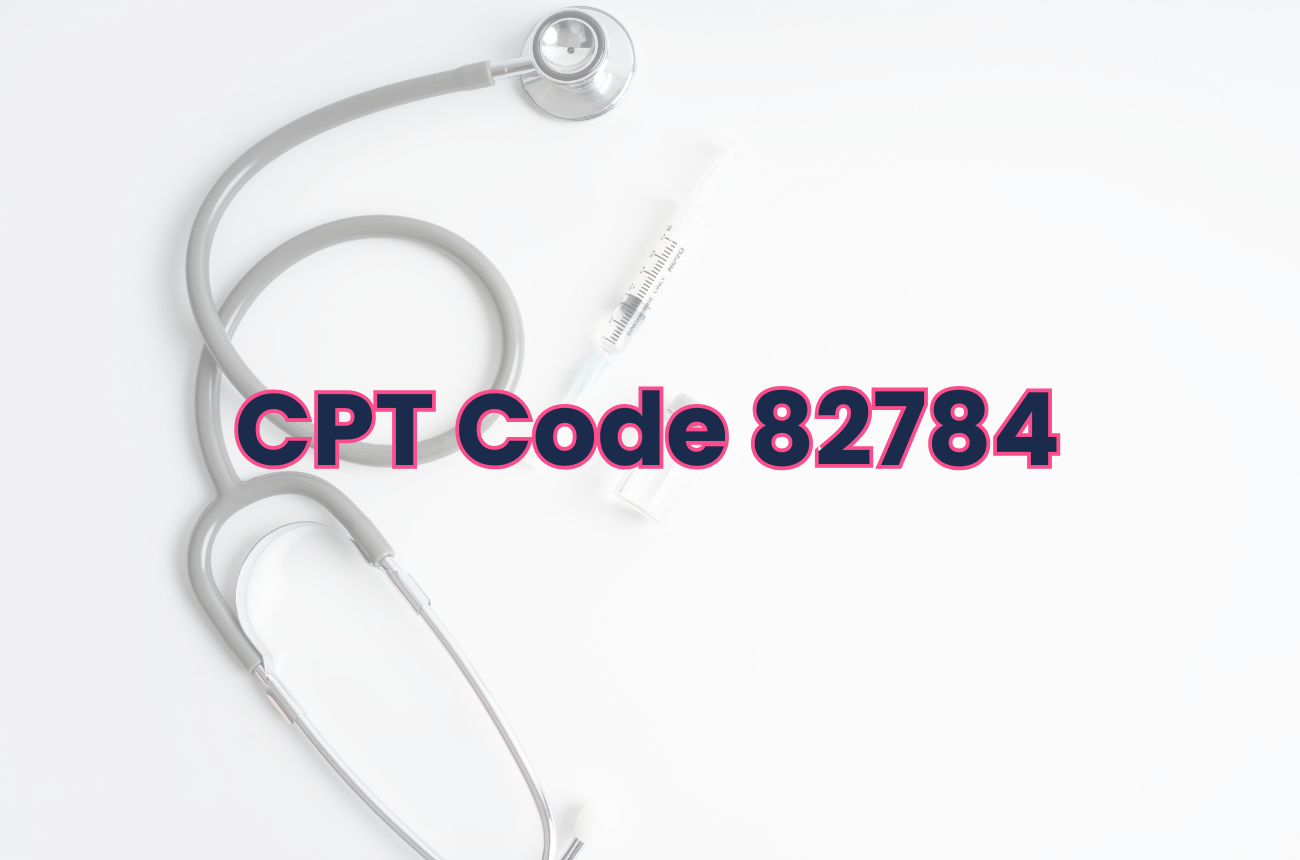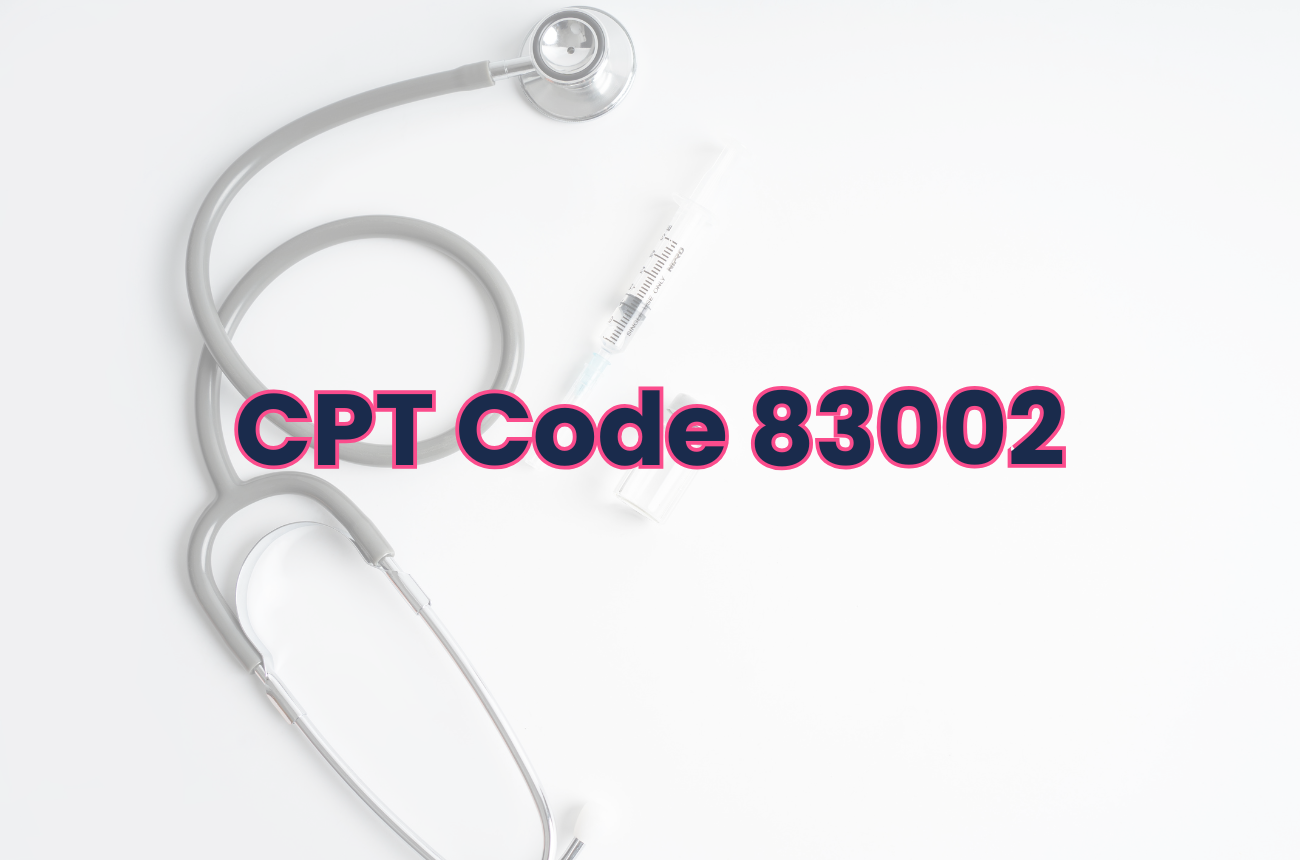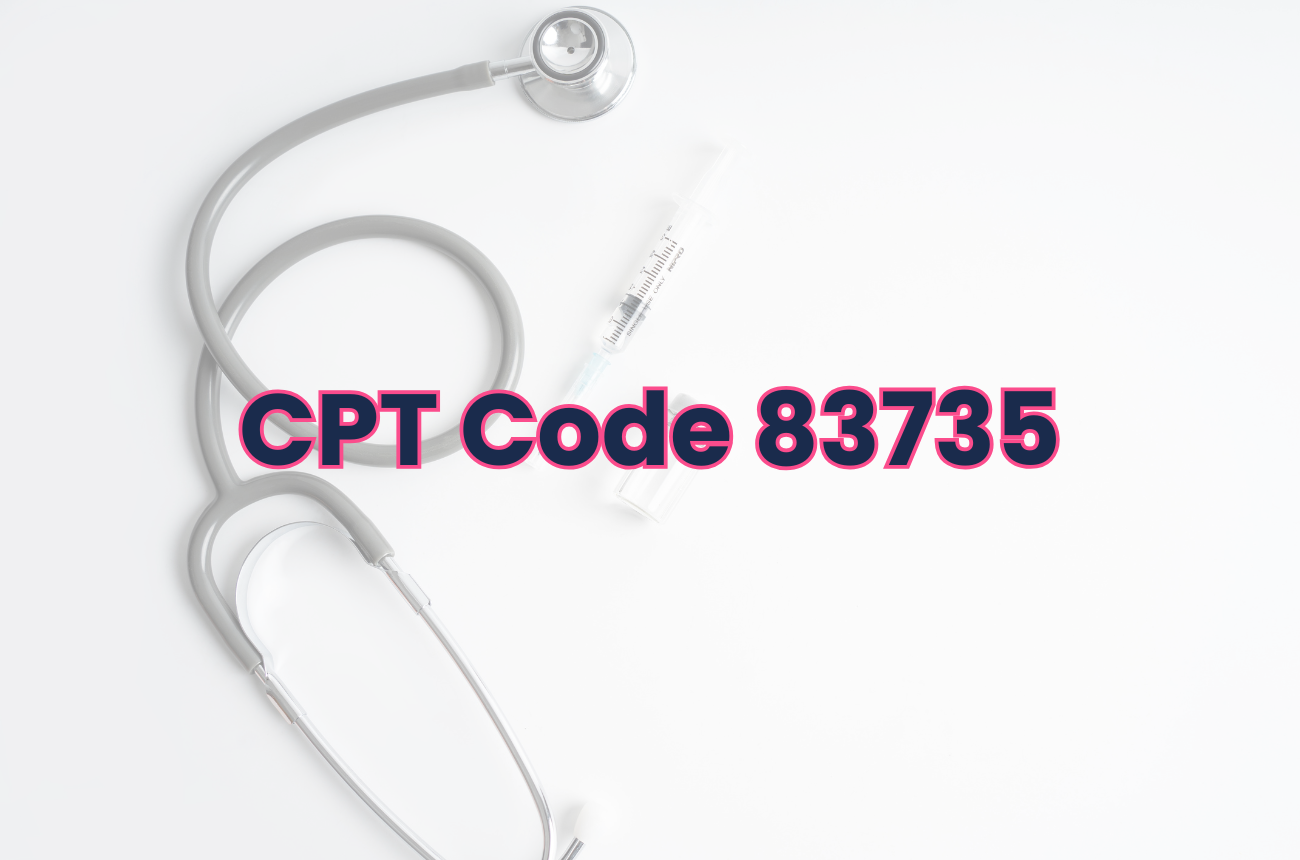CPT® code 96127 is used to report a brief emotional, behavioral, or mental health assessment, using a standardized, validated screening tool. This service includes both scoring and interpretation by a qualified provider and is often performed as part of routine preventive or follow-up care.
Key facts about CPT® code 96127
- Service type: Behavioral or emotional screening
- Tool requirement: Must use a standardized instrument (e.g., PHQ-9, GAD-7, Vanderbilt, PSC, SCARED)
- Includes: Scoring, interpretation, and documentation in the clinical record
- Time requirement: Brief—typically under 10 minutes
- Units: Can be reported per instrument, up to 4 times per visit depending on payer
- Applicable patient types: Pediatric, adolescent, and adult
When to use CPT® 96127
CPT® 96127 is appropriate when a provider:
- Administers a validated mental health or behavioral screening tool
- Scores the results and incorporates them into clinical decision-making
- Documents the results, interpretation, and follow-up plan in the patient record
This code is often used during:
- Wellness visits (e.g., annual physicals, pediatric checkups)
- Behavioral health assessments or psychiatric intake evaluations
- Chronic care visits where anxiety, depression, or substance use are suspected
- ADHD or developmental evaluations in school-aged children
Clinical examples of CPT® 96127
CPT® 96127 is commonly used in conjunction with:
- PHQ-9 for depression screening in adolescents or adults
- GAD-7 to assess generalized anxiety disorder
- Vanderbilt ADHD Diagnostic Rating Scale for pediatric ADHD evaluation
- SCARED (Screen for Child Anxiety Related Disorders) for younger patients
- PSC (Pediatric Symptom Checklist) in school-age wellness visits
Providers often administer more than one screening tool at a visit, especially when evaluating comorbid conditions or conducting a full behavioral health review.
Documentation requirements
To bill CPT® 96127 accurately, documentation should include:
- Name of the screening tool used (must be validated and standardized)
- The scoring method and result (e.g., PHQ-9 score = 16, moderate depression)
- A brief interpretation or summary of what the score indicates
- Any follow-up action taken, such as referral, care plan adjustment, or medication review
Although the assessment is brief, the scoring and interpretation must be part of the clinical decision-making process—not just patient self-report.
Payer and coding considerations
Most commercial payers and Medicaid plans cover CPT® 96127, especially when linked to a relevant diagnosis or performed as part of a preventive service. Some insurers limit reimbursement to 4 units per patient per visit, though this may vary.
Medicare coverage for 96127 is more limited but may be allowed under specific circumstances, such as annual wellness visits or mental health integration programs.
Multiple units of 96127 can be billed when multiple validated tools are used—so long as each is scored and interpreted individually and documentation supports medical necessity.
How OptiMantra supports behavioral screening with 96127
With mental health screenings becoming a routine part of integrative and preventive care, OptiMantra helps providers administer, document, and bill CPT® 96127 efficiently and compliantly. The platform offers:
- Built-in support for common screening tools like PHQ-9, GAD-7, and Vanderbilt
- Automated scoring and interpretation fields that streamline documentation
- The ability to track tool use over time and view trends in patient scores
- Seamless integration into visit notes and billing workflows
- Support for billing multiple units of 96127, with proper linking to documentation
Whether you’re a pediatrician, psychiatrist, primary care provider, or integrative clinician, OptiMantra helps ensure your emotional and behavioral assessments are easy to manage and properly reimbursed—without adding to your admin burden.
Try OptiMantra for free here!
.png)





